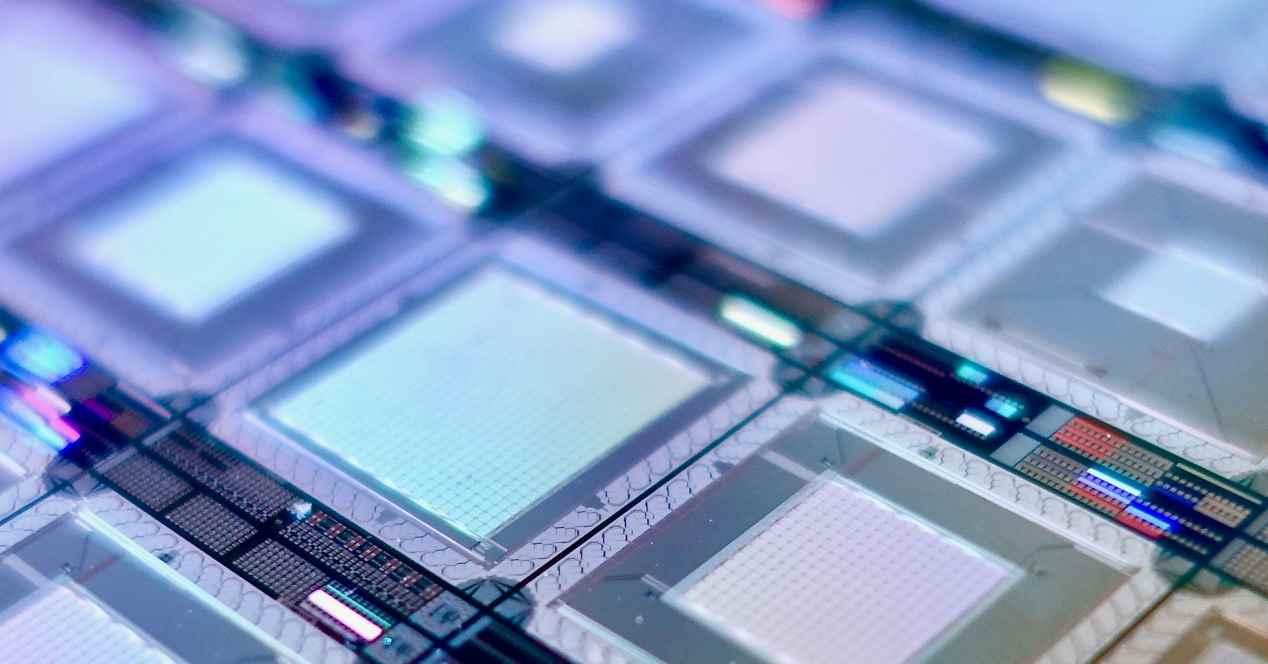Our PC performs a series of Common tasks while we are using it, they have become the next target for improving the performance of future processors. For this, more powerful cores will not be used, nor better caches, nor increased clock speed. Otherwise, it was decided to take another route, at a time when power per power consumption has become a maxim due to the problem of climate change.
Throughout the day with our PC, we usually perform a series of repetitive tasks that we do not give importance to, but which consume a large amount of processing resources and energy. So one way to get an upgrade in a world where the absolute performance metric becomes performance per watt, so any hardware that helps in that regard is always welcome.
Specialized parts for common tasks
The era where the extra power came from an increase in the number of cores and/or the clock speed, Instead the paradigm in the future will be based on heterogeneous architectures using so-called accelerators and processors domain specific. The increase in performance will therefore go towards the specific.
Domain specific processors
But what are these material elements? The central processor of your PC or CPU is designed to run all kinds of programs, but what if we want to create a unit that is used to run only certain types of applications? The first thing we are going to do is look at all the instructions that are not used by these programs to eliminate them. Then we will reinforce the execution units that use these instructions and above all taking into account the type of data that we will need. In other words, any processor that is not a CPU and is used for a specific task is a domain-specific processor, such as graphics card GPUs.
However, there is a rather curious process, the support chip which was very simple at first, eventually becomes more and more complicated and eventually needs support hardware. This is where the cycle repeats itself over and over again. For example, and since we talked about GPUs, an example of such an evolution is NVIDIA’s Tensor Cores and RT Cores, but the latter are more like accelerators.
accelerators
Accelerators, on the other hand, are simpler, to begin with they are not programmable and therefore we cannot run programs with them. Your program is microwired and therefore written in hardware or ROM or non-volatile memory which we cannot access. It has the particularity of performing this function using fewer transistors, less energy consumption and in less time than the processor it supports. Once this quick explanation is done, we move on to what interests us.
What are common tasks on a PC and how will they be accelerated?
One way to speed up hardware performance is to speed up the execution of certain instructions. One of the problems in CPU design is that to create complex instructions, simple instructions are used as the basis. Th is is done to save space on the chip, but it makes some of them less efficient than if they had been implemented as standalones. The idea is none other than to reduce the number of clock cycles needed to run programs.
Now, a series of common tasks are usually done daily with the PC, most of them that we are unaware of or don’t give importance to, but things like:
- Saving a file from one format to another involves a conversion process that involves running a complex program, which consumes a lot of CPU time and resources.
- A case similar to the previous one is the compression and decompression of files in .zip .7z format. rare and others.
- On the other hand, installing a program remains an identical process to the previous one and we all know how tedious it can be.
- Scaling the resolution of images and video in real time, the inclusion of units for Deep Learning will allow this function to be integrated into the system.
- The same can be said of sound correction such as noise removal in recordings.
The adoption process will take time, as there must be an adoption process in the operating system first so that different applications can use it in the future.
Table of Contents










